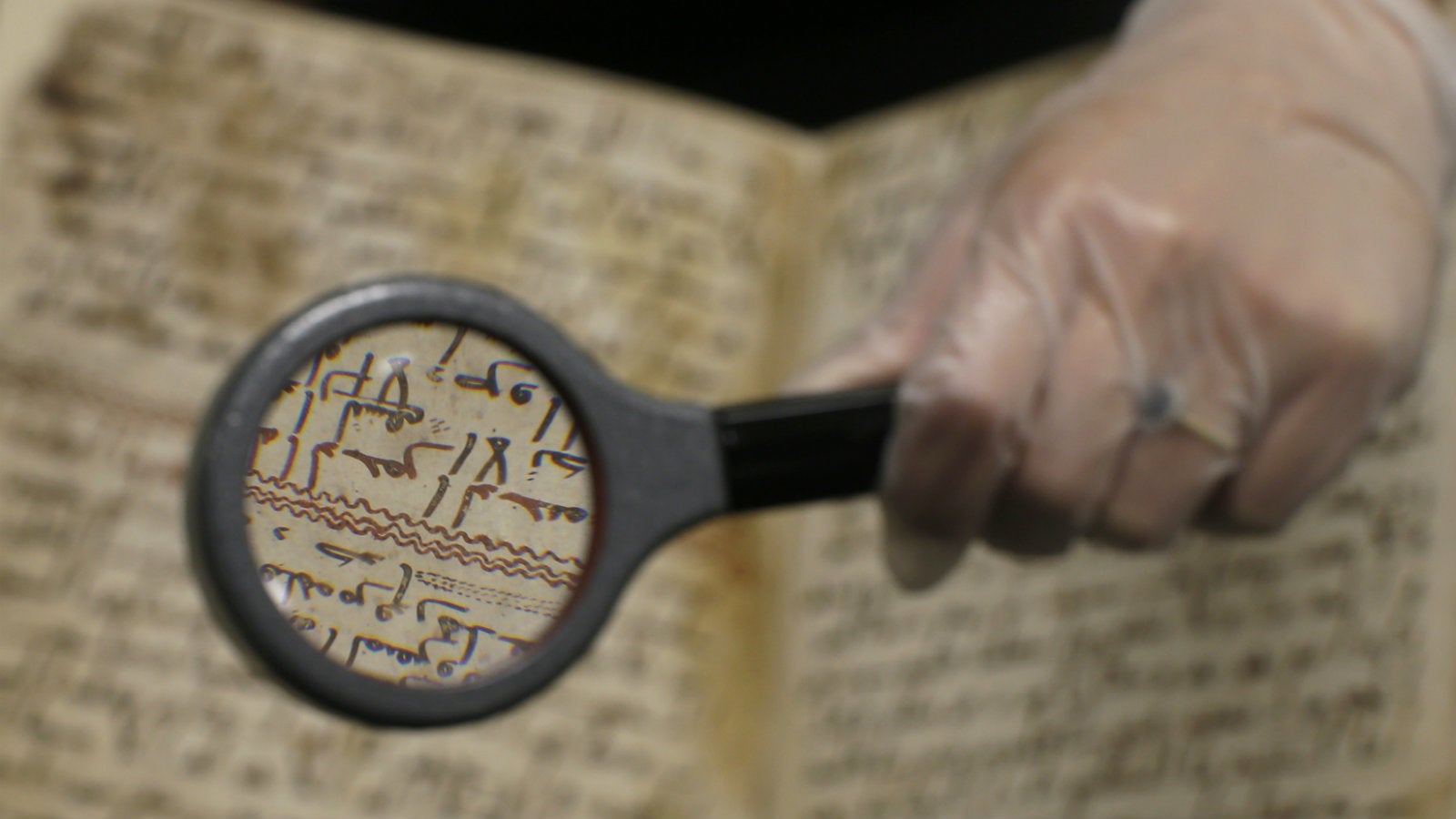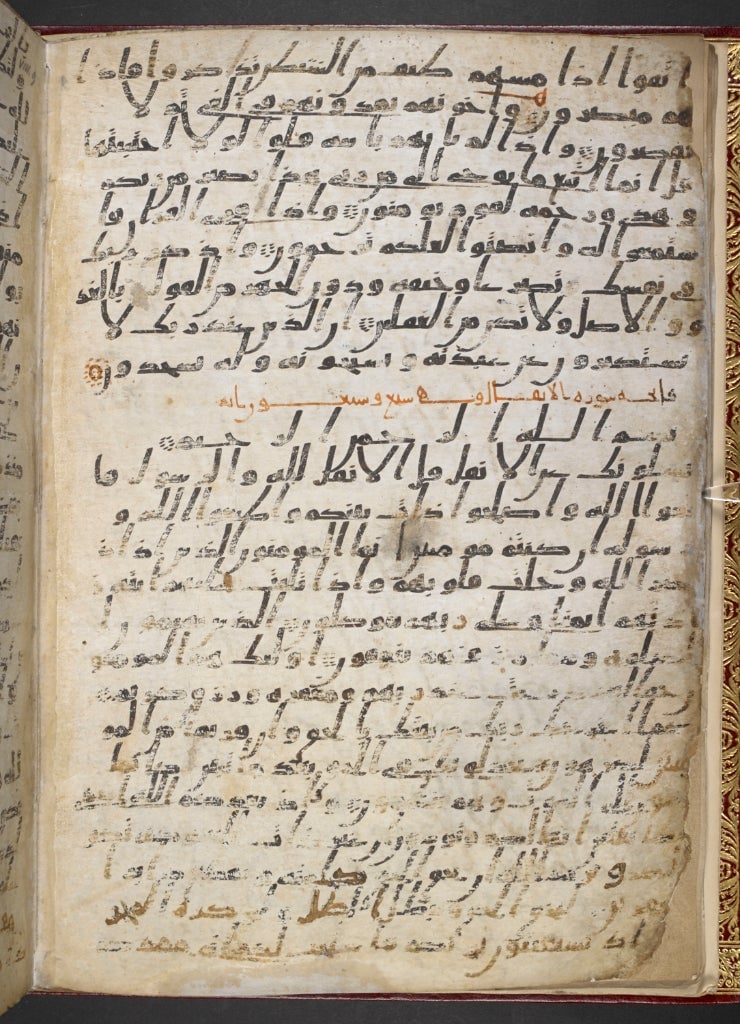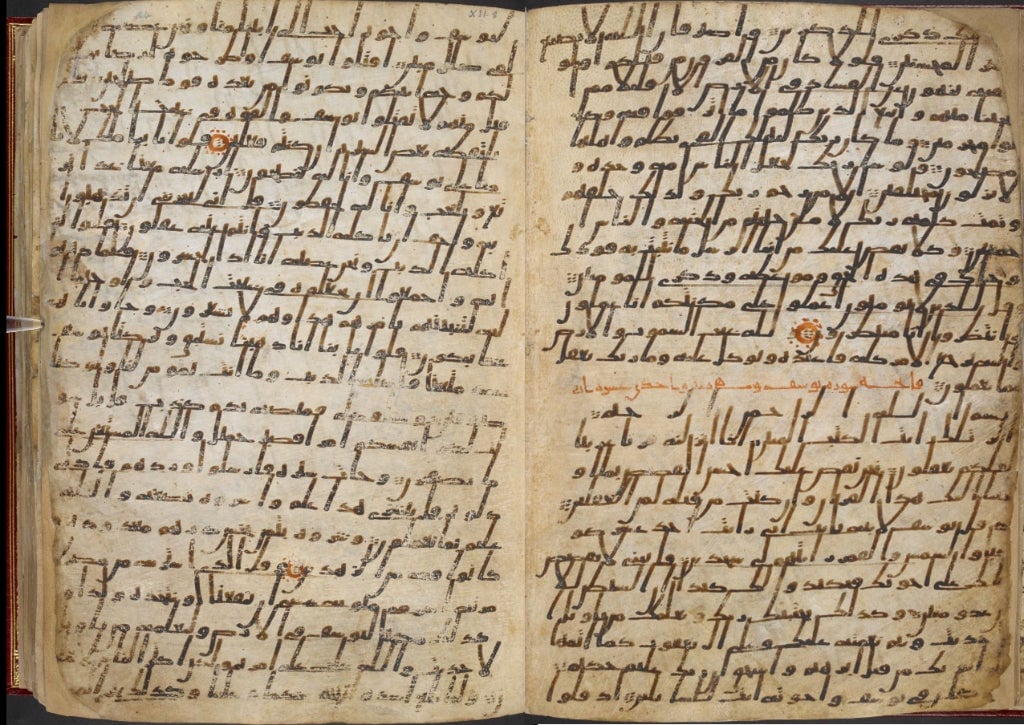One of the world’s oldest copies of the Quran is now online
More than 1,200 years after it was compiled and over 130 after it arrived in Europe, one of the oldest copies of the Quran is now fully digitised and available online.


More than 1,200 years after it was compiled and over 130 after it arrived in Europe, one of the oldest copies of the Quran is now fully digitised and available online.
The 8th-century manuscript can now be accessed on the British Library’s website. Placed on the library’s digitised manuscripts site, it comprises 121 folios containing over two-thirds of the complete text.

One of the oldest copies of the Quran (prophet Mohammed died in CE 632), it is also one of the largest of the known fragments of the holy book written in the māʼil script. The Arabic word mā’il means “sloping” and refers to the sloping style of the script—one of a number of early Arabic ones collectively named “Hijazi”, after the region in which they were developed.
This manuscript was purchased by the British Museum in 1879 from Greville John Chester (1830-1892), an ordained clergyman who made numerous trips to Egypt and the near east. It is likely that Chester acquired it in Egypt.

The earliest Quran manuscripts were produced in the mid-to-late 7th century. Ancient copies from this period have not survived intact and exist only in fragments.

There are no vowel signs in the early Qurans, and this early style of script is also notable for its lack of diacritical marks to distinguish between letters of similar shape.
The importance of this Quran cannot be overestimated. It, along with other available fragments, provides the only available evidence for the early development of the written recording of the holy text and helps understand how early Quran codices were produced.